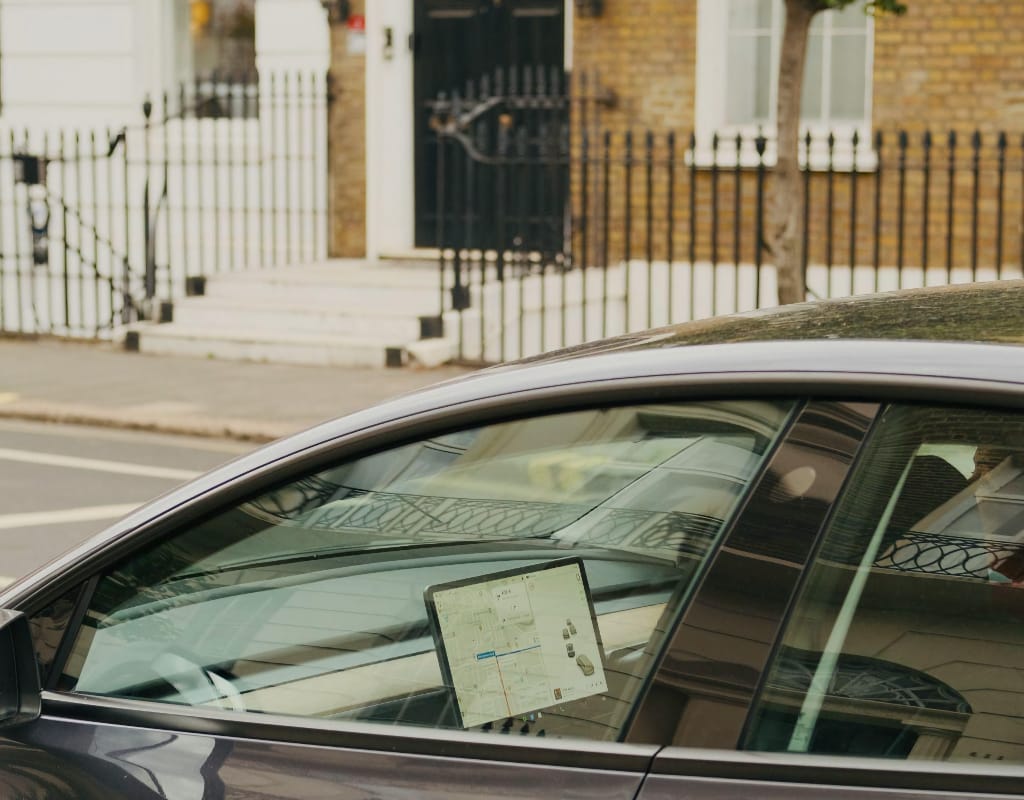Your car probably has automatic brakes, and those breaks have probably prevented a few minor collisions and spared you the cost of repairs. Your brakes might have engaged when you were backing out of a parking space and did not notice an obstacle behind you. They might have even prevented a rear-end collision at a red light. Most of the times you have avoided obstacles, it is because of your own human judgment. The technology has existed for several years, whereby cars are able to drive to their destination without a driver behind the wheel, but autonomous vehicle technology is not just one sensor or algorithm but many. The fact that only some of them work reliably in all the conditions a car is likely to encounter on an average trip is why we do not yet see fully self-driving cars on the road in New Mexico. A new study shows the situations where autonomous vehicle technology works well and the ones where it is not ready to drive independently yet. If you have been injured in an accident that better automatic brakes could have prevented, contact a Santa Fe car accident lawyer.
Automatic Brakes are Great Under Ideal Conditions
The flat parts of the Sun Belt are the places most conducive to successful trips by self-driving cars. Test tracks in Texas are currently preparing driverless trucks to cover intrastate routes by the end of this year. Meanwhile, the University of Central Florida recently published a study that showed where automatic brakes work best. They determined that when the weather is sunny, self-driving vehicles do as well as human drivers detect obstacles straight ahead of them on the road. In other situations, however, they fell short. Self-driving cars were no match for humans when it came to knowing when to brake at dawn or dusk. As for avoiding obstacles when turning, humans performed five times, and so did self-driving cars.
This does not mean that you should stay awake at night, worrying that the next time you drive, a self-driving car will crash into you as it tries to turn into your lane. The mountain roads of New Mexico are no match for fully autonomous cars, and we should not expect to see them here anytime soon. It does, however, mean that you should not count on your own automatic brakes or those in another car to prevent a collision. Automatic brakes in their current form cannot completely cancel out the actions of distracted drivers. Fault for a car accident belongs to the driver, not the car manufacturer unless a contributing factor to the accident was that the automatic brakes or other vehicle features failed to work as advertised.
Contact Slate Stern About Car Accident Lawsuits
Slate Stern is a personal injury lawyer who represents plaintiffs injured in motor vehicle accidents. Contact Slate Stern in Santa Fe, New Mexico, or call (505)814-1517 to discuss your case.
Sources
